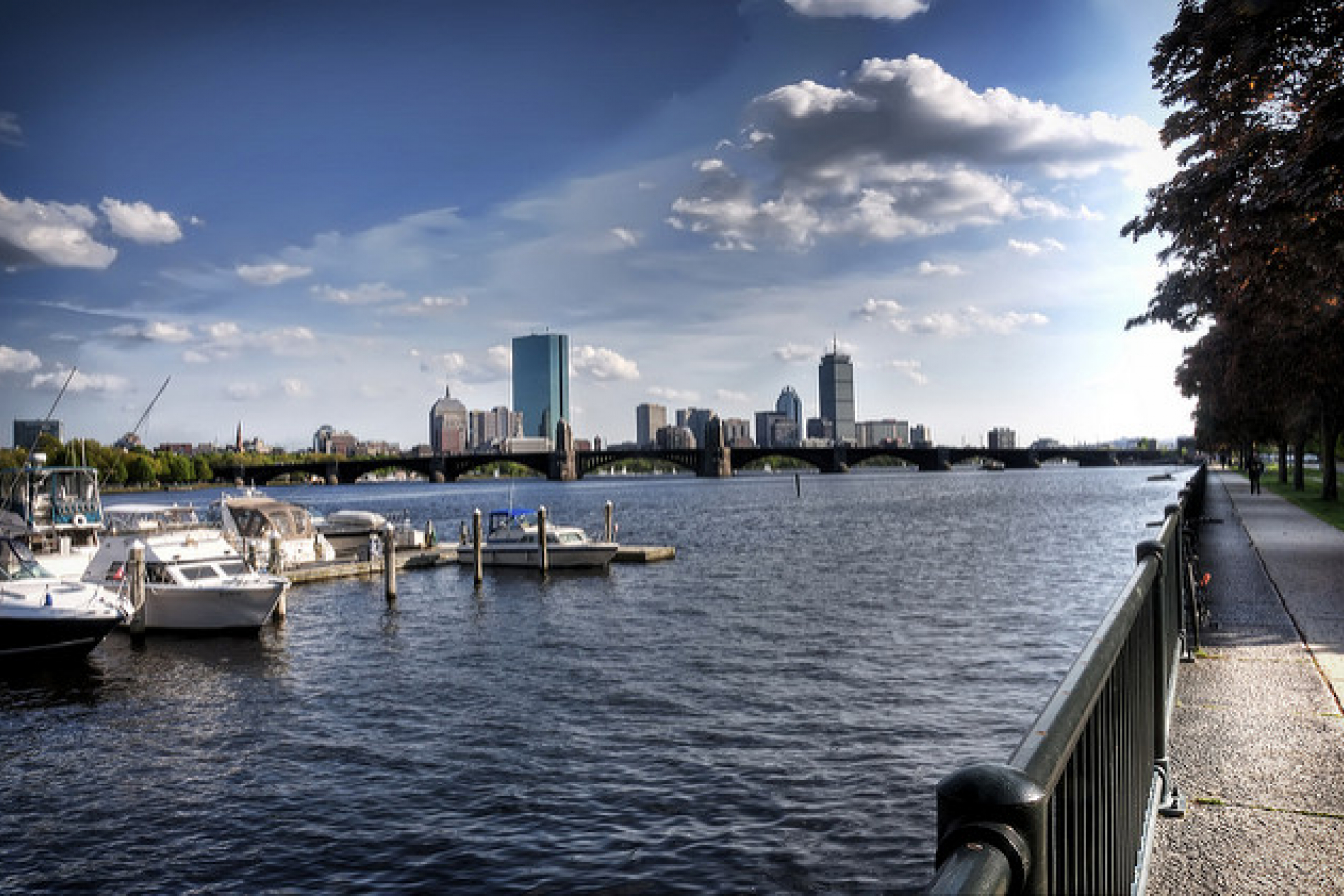The United States Citizenship and Immigration Services (USCIS) has released its March bulletin setting out the 'cut-off priority dates' of the green cards being processed in April 2013. The bulletin shows that there are long waiting times in many immigration categories.
Informing the public of cut-off priority dates is USCIS's somewhat confusing way of letting people who have made their applications for US permanent resident status know how long they will have to wait before they can finally get their 'green card' or permanent resident visa.
There is great demand for US green cards, not least in Employment-based (EB) visa categories, such as the EB-3 category for 'skilled workers and professionals'. The US operates a quota system and only a fixed number of green cards in any immigration category can be granted in any one year. Those that cannot get a green card immediately have to wait in line until one becomes available.
Consequently, some people have to wait a very long time for their green cards, particularly in popular categories such as EB-3. In order to try and keep people informed of processing times, USCIS issues a monthly bulletin which tells applicants what the expected 'cut-off priority date' for that month will be.
Priority dates explained
An applicant's 'priority date' for an employment based immigrant petition is either the date on which an immigrant petition is filed with USCIS or the date that the Labor Certification application was filed with the Department of Labor.In cases where no Labor Certification is required the priority date is the date when the immigrant petition is filed with USCIS, typically using the I-140 form. In most employment based immigration categories you will need to file a Program Electronic Review Management (PERM) Labor Certification application with the Department of Labor (DOL) which will then be the priority date. Where this is the case, the applicant will usually, assuming successful Labor Certification, file an I-140 petition; the priority date will be the date of the filing of the PERM application with the DOL which is an earlier date than the filing of the immigrant petition with the USCIS.
USCIS usually processes I-140s within six months and then sends the visa to the National Visa Center for 'visa allocation'. However, because demand is so much greater than supply, successful applicants will then often have to wait for many years before a green card becomes available. The USCIS rules state that applicants are not allowed to submit their form I-485 application for 'adjustment of status' to become US permanent residents until a visa is available for them. This, is where the cut-off priority date comes in.
If USCIS says that the cut-off priority date for, say, April 2013, is 1 July 2005, then this means that, if your form I-140 was filed with USCIS before 1st July 2005, then, at the end of April, you should have reached the front of the queue and you will be able to take the next step and send your I-485 form to USCIS. USCIS will then process your form I-485 and adjust your status to become a US permanent resident with a US green card. If you send your I-485 to USCIS before your priority date is current, the USCIS mail room will return your application.
Some progress in eliminating backlogs
In its March bulletin, USCIS says it has made some progress in eliminating backlogs but it is still processing some employment based category 3 (EB-3) green card applications that were made over ten years ago.Under the US system, there are caps for each type of employment-based green card. In addition, there is a limit on the proportion of the year's allocation of any type of visa that can go to applicants from any one nation; nationals of a country such as India can receive no more than 7% of the green cards in any of the employment based immigration categories in any year. Because Indians account for many more than 7% of the applications for EB-3 permanent resident visas (or green cards) granted in any one year, applicants from India face longer waiting times than applicants from other countries from where fewer applicants come.
To take the EB-3 category again, there is an annual cap of 41,455 green cards that can be granted to EB-3 applicants. EB-3 green cards go to skilled workers, professionals and 'other workers'. USCIS is currently processing applications from before 1 July 2007 for applicants from most countries – a waiting list of nearly six years. Demand from India is so great that USCIS is currently processing applications from Indians who applied before 8th December 2002, a waiting time of over ten years. Many EB-3 visas are taken by IT professionals and it is because of India's predominance in the field of IT that its citizens have to wait for so long. EB-3 applicants from the Philippines are currently waiting nearly seven years.
Other employment based green card waiting times
There are currently no waiting lists for EB-1 visas for priority workers. Priority workers fall into three categories; people with extraordinary ability in the arts or sciences, skilled academics and managers and executives.Applicants for EB-2 green cards from most countries are processed without delay but USCIS is currently processing EB-2 applications from Chinese applicants who applied before April 2008; a five year wait and Indian applications from before September 2004; a wait of over eight years. There are three sub-categories in EB-2;
- Members of the professions with 'exceptional ability' in the arts and sciences or business.
- Those with 'advanced degrees' such as masters' degrees in a subject related to a 'profession' such as architecture, law, medicine, accountancy or engineering
- Those whose presence in the US would be in the 'national interest' such as doctors who agree to work in areas where there is a shortage of doctors. It is not easy to qualify for the 'national interest waiver' as to grant an EB-2 national interest waiver visa, USCIS will want to be satisfied that it will 'greatly benefit' the USA to do so.
There are no reported delays in processing EB-4 or EB-5 green card applications. EB-4 is for religious ministers and certain other categories like former US government workers. EB-5 is for investors.
| Visa Category | General | Mainland China | India | Mexico | Philippines |
| EB-1 Priority workers of extraordinary ability Cap 41,455 | None | None | None | None | None |
| EB-2 Members of 'the professions' with advanced degrees, 'exceptional ability' or 'national interest' | None | 1 Apr 08 | 1 Sept 04 | None | None |
| EB-3 Skilled workers and professionals Cap 41,455 | 1 July 07 | 22 Apr 07 | 8 Dec 02 | 1 Jul 07 | 8 Sept 06 |
| EB-3 Other workers | 1 Jul 07 | 1 Aug 03 | 8 Dec 02 | 1 Jul 07 | 8 Sept 06 |
| EB-4 'Special immigrants' including religious workers Cap 10,921 | None | None | None | None | None |
| EB-5 Investors Cap 10,921 | None | None | None | None | None |
If you would like to apply for a US visa, WorkPermit.com can help. WorkPermit.com is a specialist visa consultancy with over twenty years of experience dealing with visa applications. We can help with a wide range of visa applications to your country of choice. Please feel free to contact us for further details.




